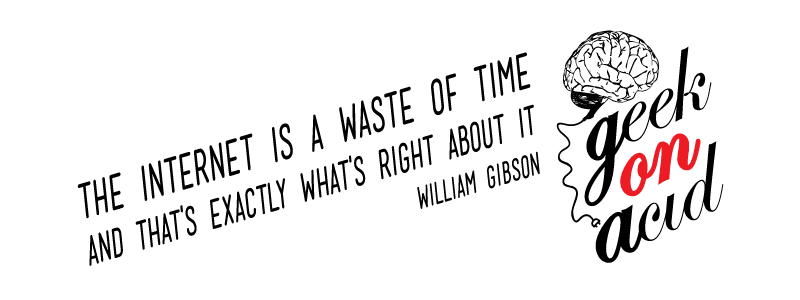The discoveries so far are:
1. "Mathematics is the language of the nature"... and I don't speak this language - but it's never too late to learn.
2. Chaos is NOT the same as randomness. There are relations between the behavior of elements in the chaotic system, while there are no patterns in noise.
3. With Alex and Stephan we build Zeeman machine (see photo below), collected data from it and fitted chaos model into it. This taught me a very interesting lesson about how catastrophe theory works.
1. "Mathematics is the language of the nature"... and I don't speak this language - but it's never too late to learn.
2. Chaos is NOT the same as randomness. There are relations between the behavior of elements in the chaotic system, while there are no patterns in noise.
3. With Alex and Stephan we build Zeeman machine (see photo below), collected data from it and fitted chaos model into it. This taught me a very interesting lesson about how catastrophe theory works.
 4. European Parliament is cool.
4. European Parliament is cool.5. Psychology is complex physics.
6. More Belgian Beer!
Carolus Classic (8.1%) - classic, strong, distinctive, dark, expensive... strong...
Chimay (~8%) - typical street-type, cheap, not-so-special
Westmalle Trappist Dark (6.5%) - very German, both in taste and design
Primus (5.1%) yet another cheap beer that is very light comparing to above, and taste a bit like Polish lager...
Duvel (8.5%) - a king's beer, my favorite so far, I have at least one every evening since I came here, beautiful beer that is very strong in the effect, and has very complex taste, you can get addicted, honestly
Leffe (?%) - typical, cheap, barrel bear, quite casual comparing to other possibilities
Abbeye des Rocks (9%) - it rocks, made but some monks I think, they know the shit, it makes your brain bubble withing 2 minutes ;-)
Palm (6.1%) - dark and slightly fruity, not impressed actually
And the last photo presents a common viewpoint in Belgium ;-)






